A threat is never taken seriously until experienced! The same is true with Web application attacks. Many websites especially the smaller ones underestimate the risk of Web Application attacks, even though they are making the news.
They make avoidable mistakes that lead to big and serious attacks. By keeping certain points in mind and taking few steps in right direction you can secure your site from being exploited.
1. Avoid Using Random Codes from Strangers
Random codes found on sites like GitHub, Sourceforge and others may carry malicious codes therefore think smartly before using open source codes. You can use the codes in maintenance mode to check their functionality if all is okay then they can be made live. This will save you from being a victim.
Also Read: Common Threats to Web Application Security
Plus, there’s no harm in taking precautions as it is for our own benefit. Rather than giving away administrative rights due to carelessness on our part, it is better to take safety measures. Also copy pasting the code is not a good idea because you never know what is in it. Just to save a few minutes you can lose all your hard work and can invite boatload of troubles.
For instance, if a you use a malicious code to create a plugin your complete site can be compromised as you don’t know how the code will work. It may be used to create a backdoor to access client site or other data. Therefore, it is always better to manually write the code and to see if its functioning before implementing and making it live.
2. Encrypt Confidential Information
Sensitive information should never be taken for granted. It’s advisable to encrypt confidential and personal data like username and passwords. A strong algorithm like AES 256 is best that one can use to protect data. Accepting user data on unprotected connection is like giving away the treasure trove with keys to the hackers.
AES 256 comprises of AES-128, AES-192 and AES-256 that decrypts the data into 128 blocks to provide advanced security. Plus, if your site accepts payments then you must secure your site with TLS certificate.
Also Read: Hide and Seek: New Botnet Threat
3. Managing Payments
If your site accepts payments then saving card information is risky. A data breach can put thousands of customers at risk. Therefore, in such cases either make your site PCI compliant or use payment processor with strong security. Payment processors are PCI compliant and they have a 24*7 security team that works to make the security stronger and deal with new threats.
4. Patch Detected Vulnerabilities Immediately!
A zero-day exploit works when we don’t take action immediately. As soon as a security vulnerability is detected corrective steps should be taken rather than waiting for users to become a victim. Hackers always take advantage of such security holes and hack company data.
Equifax attack was the biggest data breach attack recorded in the history and hackers took advantage of Apache Struts framework vulnerability. The one that is found in Java based Web applications.
Also Read: Is Windows Defender Good Enough for Your PC?
The attack took place due to our negligence as hackers used file uploads to trigger a bug that allowed them to send malicious commands to access data.
Wrap Up
There is no harm in keeping updated, it is always good to be aware about the changes in technology. This not only helps us to stay protected but even lets us act in a timely manner. A software update, security patch is all for our safety. Before using a new technology or even the existing one, it is advisable to look for its shortcomings and how to overcome them in complex situations. If hackers can analyze a vulnerability and exploit it then why can’t we fix it before we become a victim. Think over it!
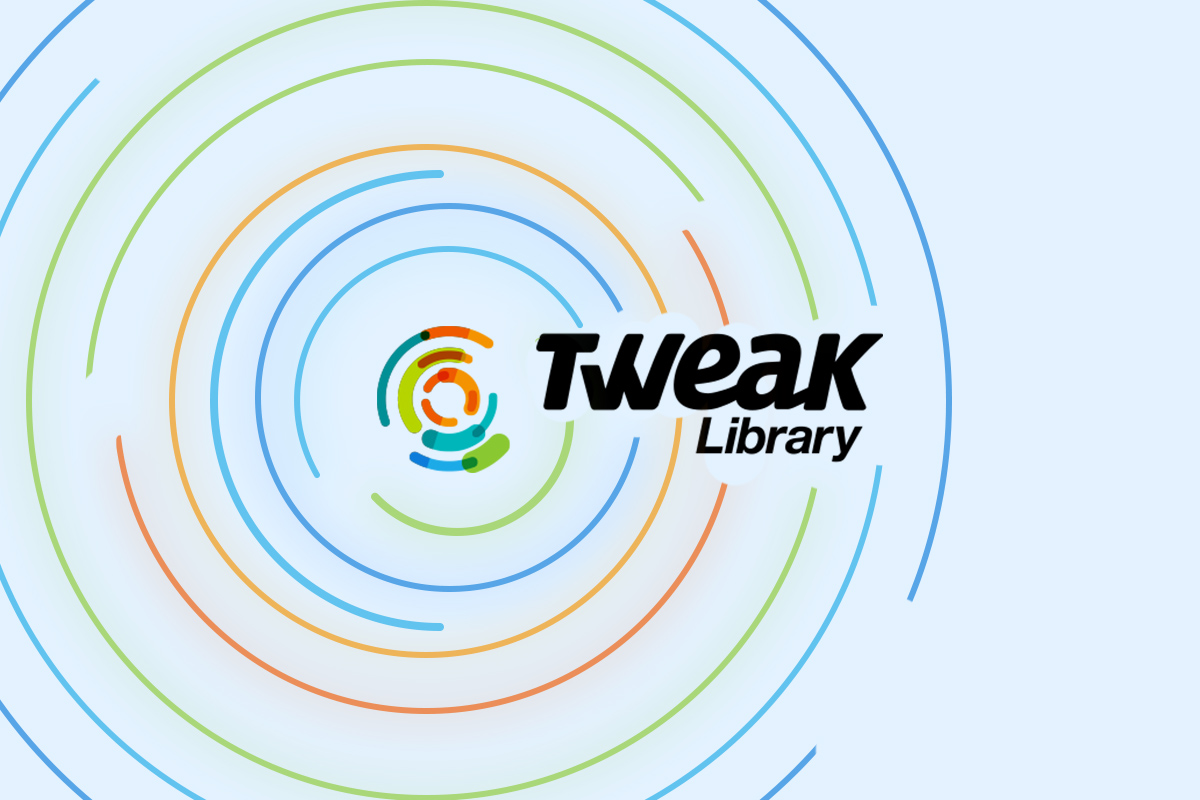
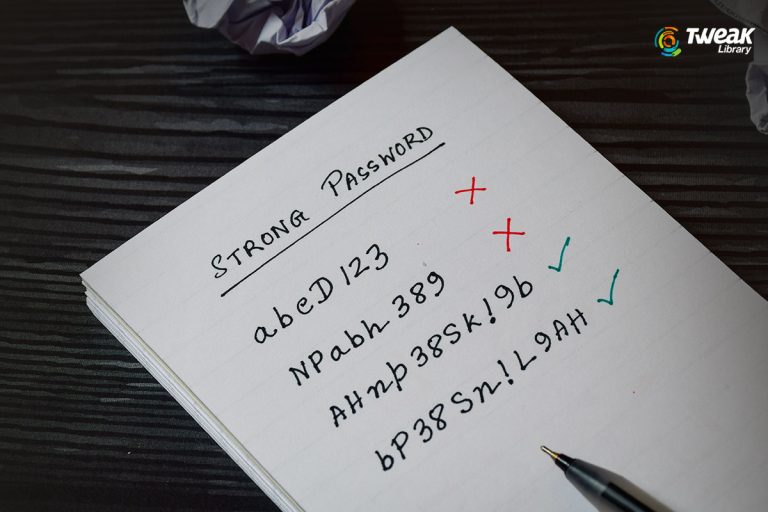
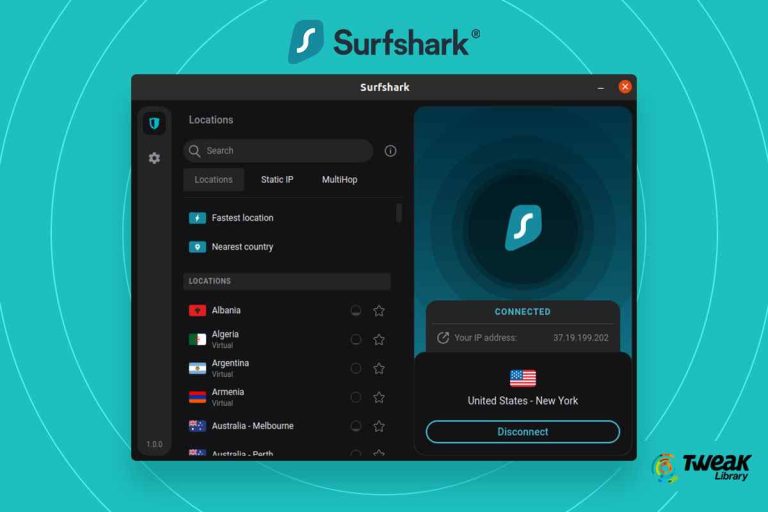
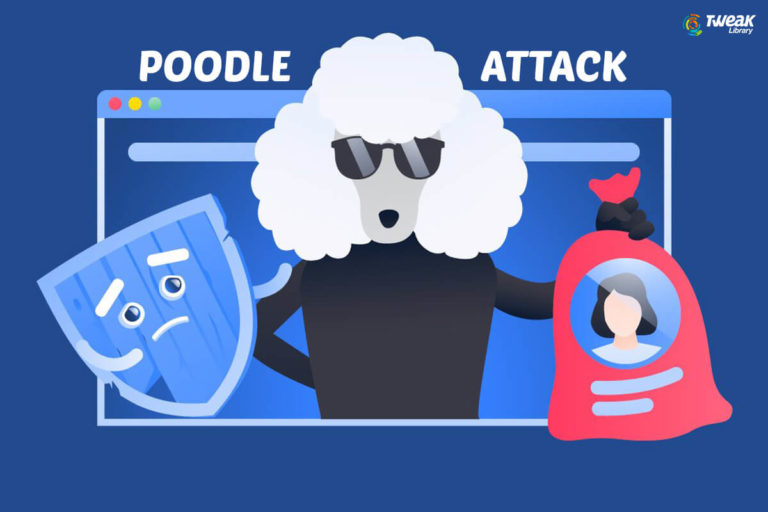
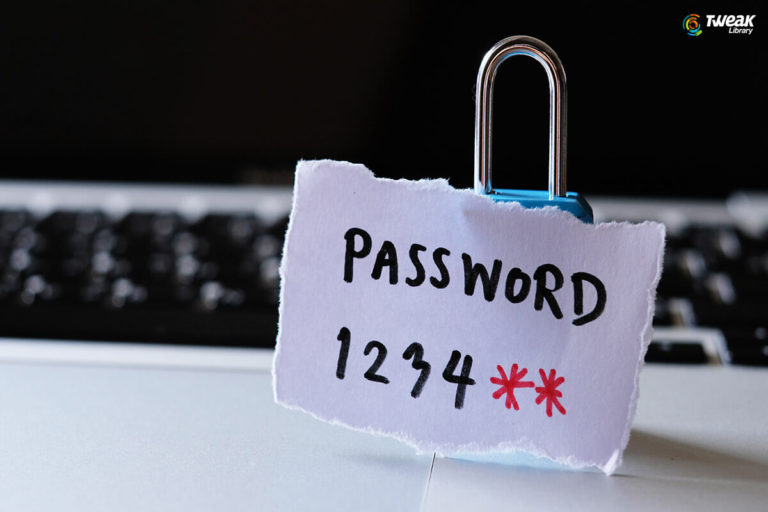

Leave a Reply